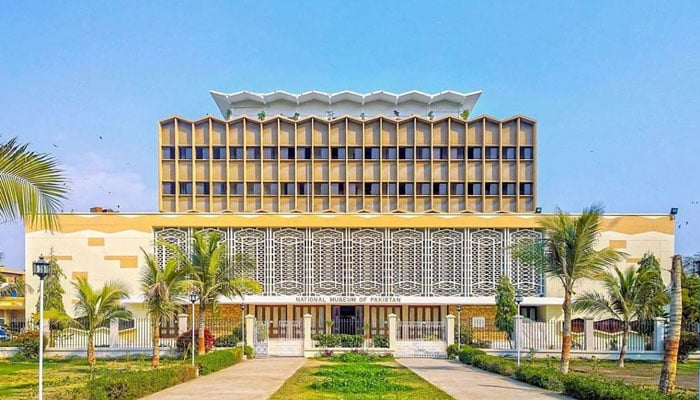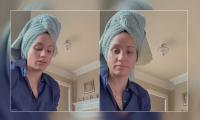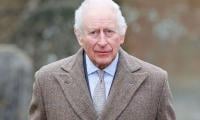APMC provides platform to schoolchildren learning classical music
The second day of the annual All Pakistan Music Conference (APMC) Karachi had far more people in the audience than the first day as the rain system subsided in the city on Saturday.
The conference, held at the auditorium of the National Museum of Pakistan, started with performances by amateur musicians, including schoolchildren, who were impressive indeed. The proceedings began with a Bandish “Lat Uljhi Suljha Ja...” in Raag Bihag rendered by Zariya Usmani of the PECHS School.
It was announced that Zariya had been learning classical music from Sarangi player Gul Muhammad at her school. Her Ustad accompanied her in the performance on his instrument.
Before the start of the performance, he also made sure that the microphones were properly placed and the sound accordingly adjusted so that the young performer could sing with ease.
The Bihag rendered by Zariya had little to no use of Teevar Madham. Her performance showed the hard work she had put in. Shahzad Samson played the tabla and Abdul Ghani the harmonium with Zariya.
Interestingly, all the amateur performances were rendered by girls, suggesting that boys are reluctant to learn classical music even if their schools have arranged classical music teachers.
After Bihag was the turn of Bhairavi, arguably the most popular Raag of the classical music. Bhairavi was sung by two consecutive schoolchildren.
Firstly, Abeeha Naveed announced that she would be rendering a Thumri. It started with the lyrics “Bitaye Nahin Beete Balam Meri Ratian”. The sad lyrics were complemented by her notes. Although there was not much improvisation, the performance was rich in terms of the display of emotions of longing by the young singer.
After Abeeha, another Bhairavi composition was sung by Falak Arif. Given her young age, she sang beautifully.
The last of the amateur performers was Habib University student Mishal Khan who played Raag Kirwani on the violin. Her style sounded more Western than that of the Indian classical music. However, she was praised for some Laykari she attempted.
The first veteran performer of the evening was Shehnai player Ustad Abdullah Khan from Kotri. A chair was arranged for the elderly Ustad on the stage as he could not sit on the floor. However, there was no sign of frailty in his performance.
The Ustad announced that he would play Raag Chandraprabha, a rare treat. Interestingly, he explained that Chandraprabha belonged to the Kirwani Thaat. There is no Kirwani Thaat in the 10 Thaat system proposed by musicologist Pundit VN Bhatkhande, but since these 10 Thaat are not able to accommodate all the Raag, there is no harm in adding more Thaat such as Kirwani Thaat to the theory.
The tabla accompanist, Yousuf Kerai, played deftly with the Ustad and earned applause.
After Chandraprabha, the Shehnai maestro offered Raag Bhopali, a popular Raag of the first quarter of night. He used the composition of “Dhoondo Ge Agar Mulkon Mulkon”, a ghazal sung by Abida Perveen, as the base melody and beautifully improvised over it.
The Shehnai was replaced by Sarangi in the next performance as Gul Muhammad announced that he would be playing Raag Samant Sarang, another rare Raag of the evening. The tabla player this time was Yousuf Bashir who complemented the Sarangi. The performances on the second day of the conference continued until late hours of the night.
-
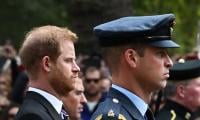 Prince William To Give Prince Harry Cold Shoulder In US Visit
Prince William To Give Prince Harry Cold Shoulder In US Visit -
 Nicole Kidman, Keith Urban Settle Divorce Months After Filing
Nicole Kidman, Keith Urban Settle Divorce Months After Filing -
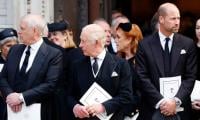 Royal Family Defended By Buckingham Palace Over Helicopter Use
Royal Family Defended By Buckingham Palace Over Helicopter Use -
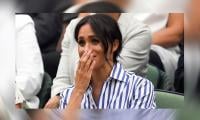 Meghan Markle Makes A ‘threat’ To The Public Rather Than A Promise: Expert Alleges
Meghan Markle Makes A ‘threat’ To The Public Rather Than A Promise: Expert Alleges -
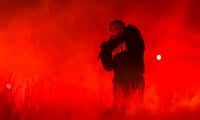 Kanye West's Aide Hits Back At Rumours About 'Bully' Album
Kanye West's Aide Hits Back At Rumours About 'Bully' Album -
 Expert Weighs In After 'fake Orders' Placed On Meghan's Brand Website
Expert Weighs In After 'fake Orders' Placed On Meghan's Brand Website -
 Elle Fanning Recalls Fainting At Cannes As Main Juror:'Very Dramatic'
Elle Fanning Recalls Fainting At Cannes As Main Juror:'Very Dramatic' -
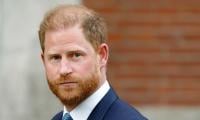 Prince Harry’s Security Battle Could Open Door To His UK Return: Experts Says
Prince Harry’s Security Battle Could Open Door To His UK Return: Experts Says -
 Lewis Pullman Admits 'best Dad' Bill Fame Surprised Him As Child
Lewis Pullman Admits 'best Dad' Bill Fame Surprised Him As Child -
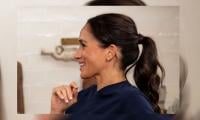 ‘Rebel’ Meghan Markle’s Fight Against Inherited Wealth Exposed: You’re Laughable’
‘Rebel’ Meghan Markle’s Fight Against Inherited Wealth Exposed: You’re Laughable’ -
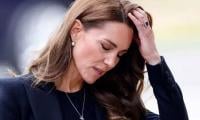 Kate Middleton Faces Attack By AI On Social Media
Kate Middleton Faces Attack By AI On Social Media -
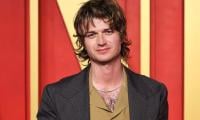 Joe Keery Opens Up About Wanting To Be Seen Beyond His 'Stranger Things' Persona
Joe Keery Opens Up About Wanting To Be Seen Beyond His 'Stranger Things' Persona -
 'The Batman Part II' To Rope In Sebastian Stan
'The Batman Part II' To Rope In Sebastian Stan -
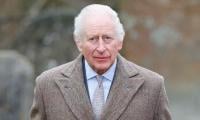 King Charles Mocked Over Documentary
King Charles Mocked Over Documentary -
 Ethan Hawke Reveals What Other Daughters Say About Maya Hawke's Success
Ethan Hawke Reveals What Other Daughters Say About Maya Hawke's Success -
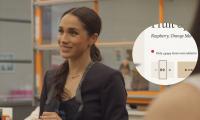 Meghan Markle’s Fears About People’s Negativity Revealed: ‘You’re Painting A Negative Narrative’
Meghan Markle’s Fears About People’s Negativity Revealed: ‘You’re Painting A Negative Narrative’
